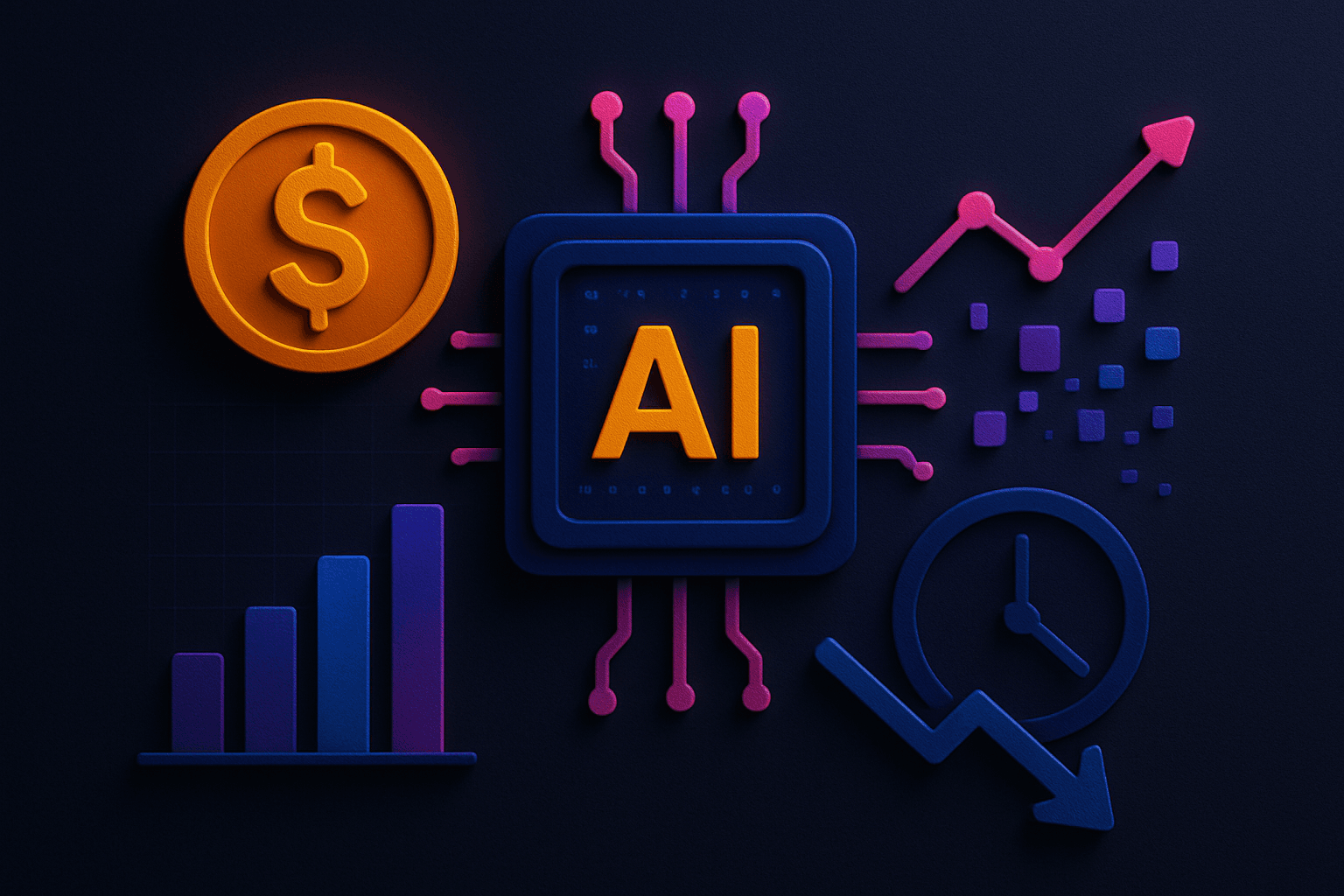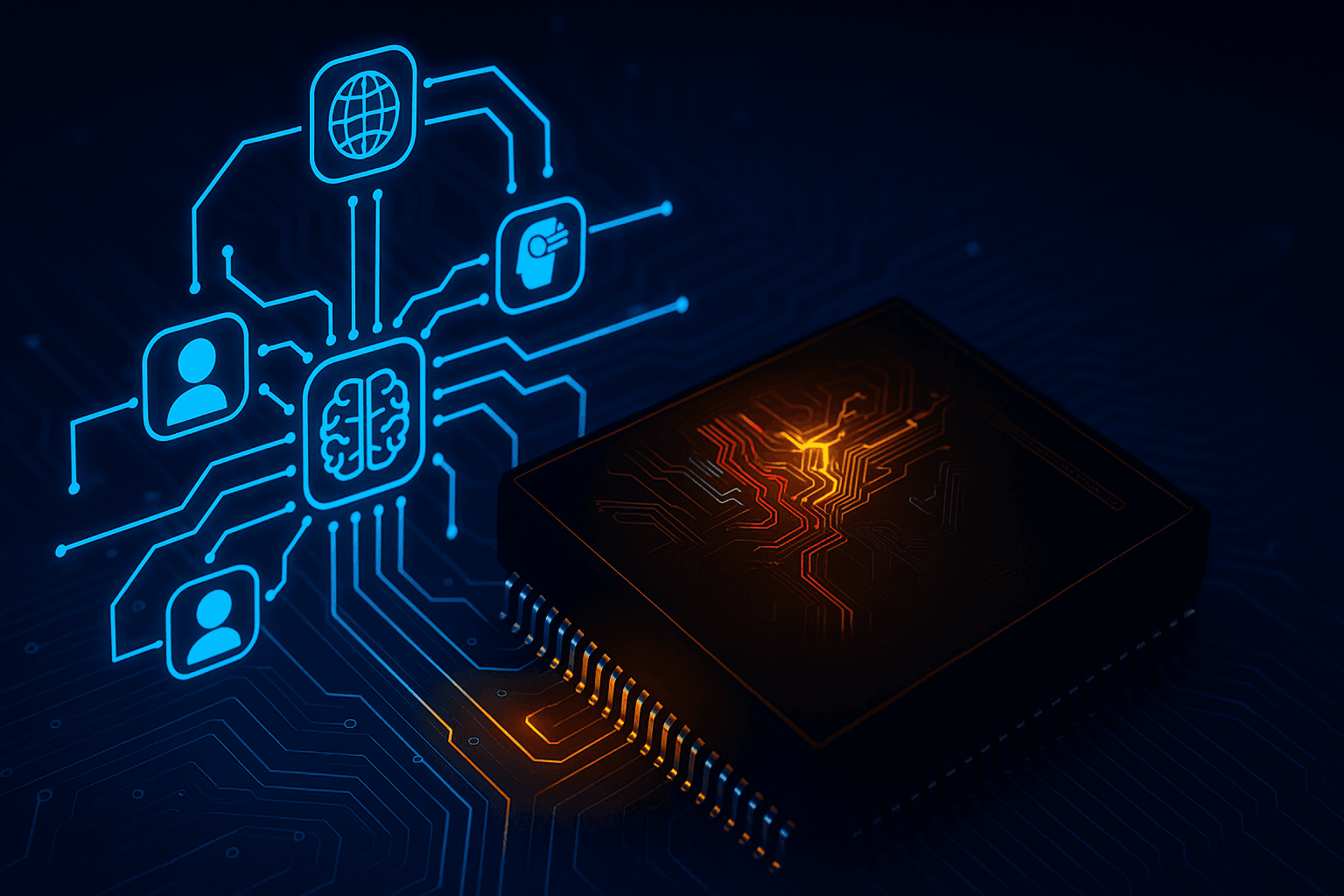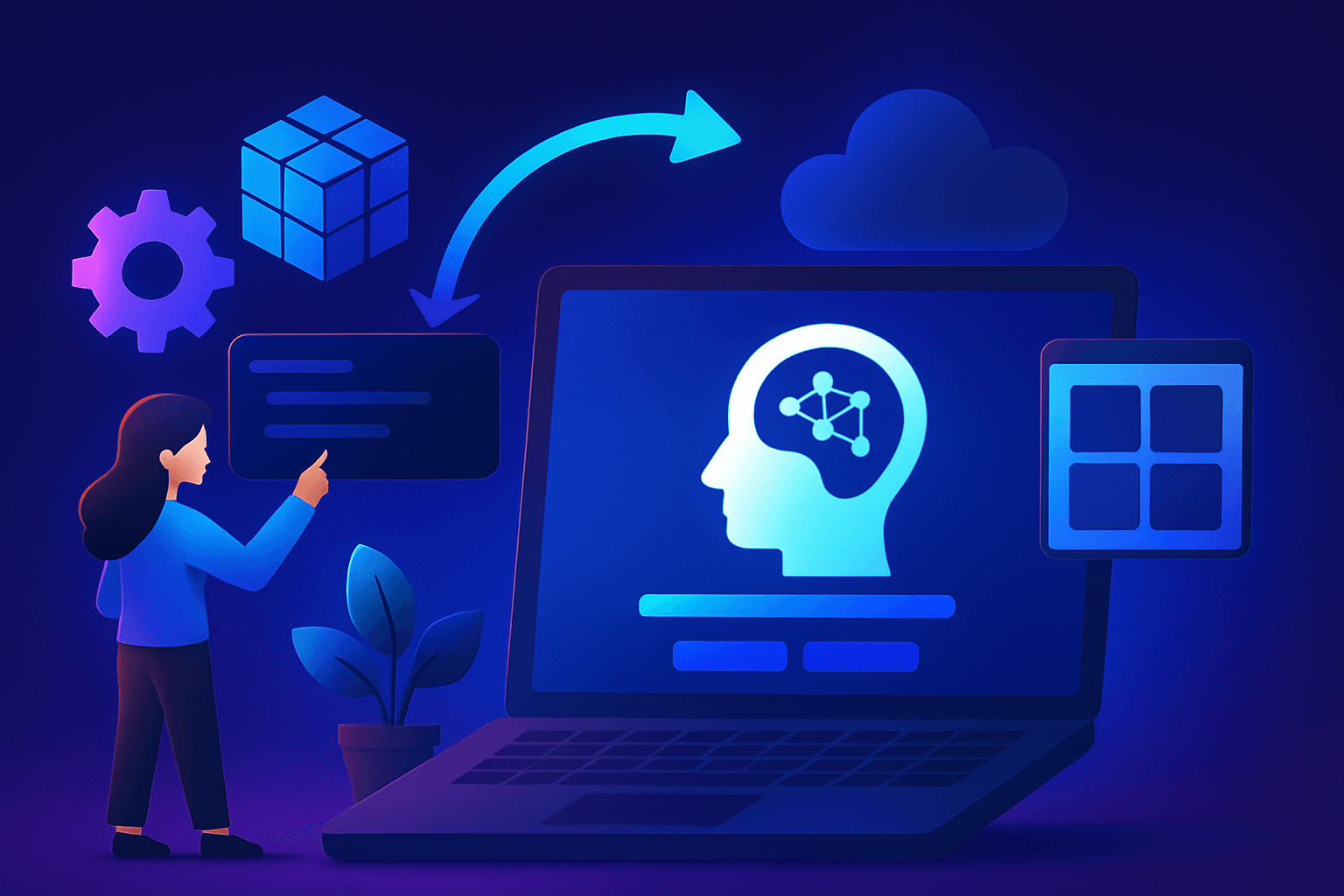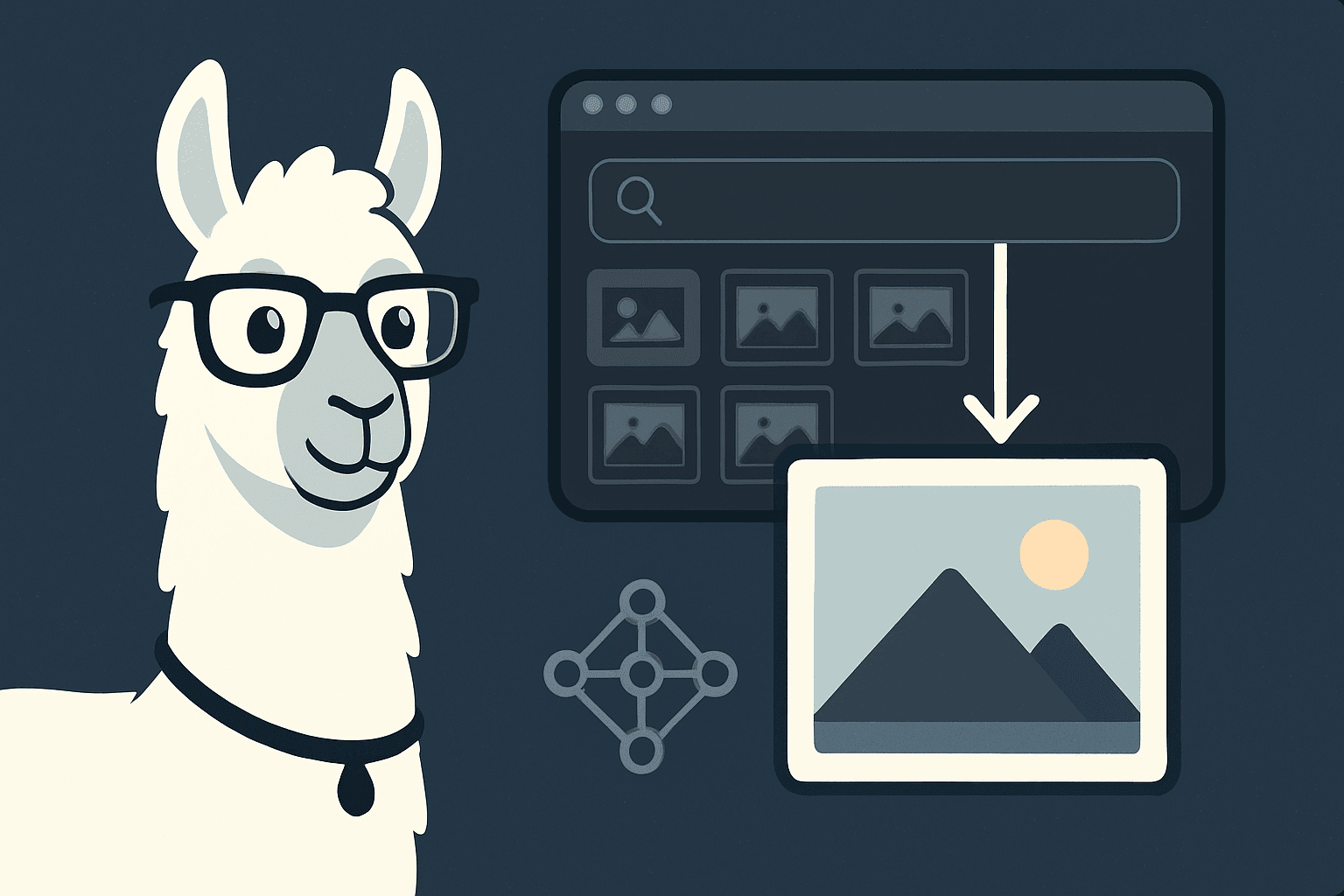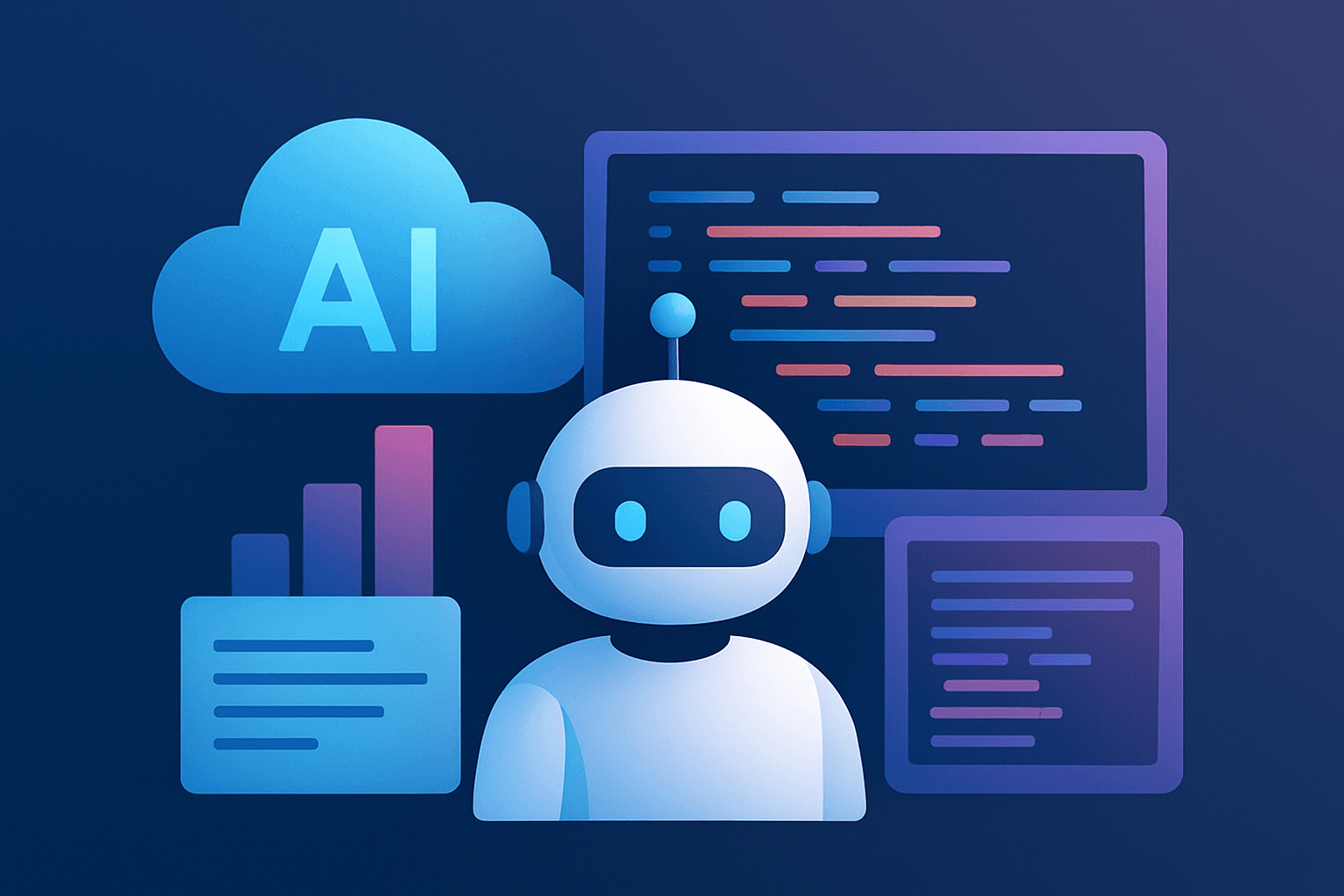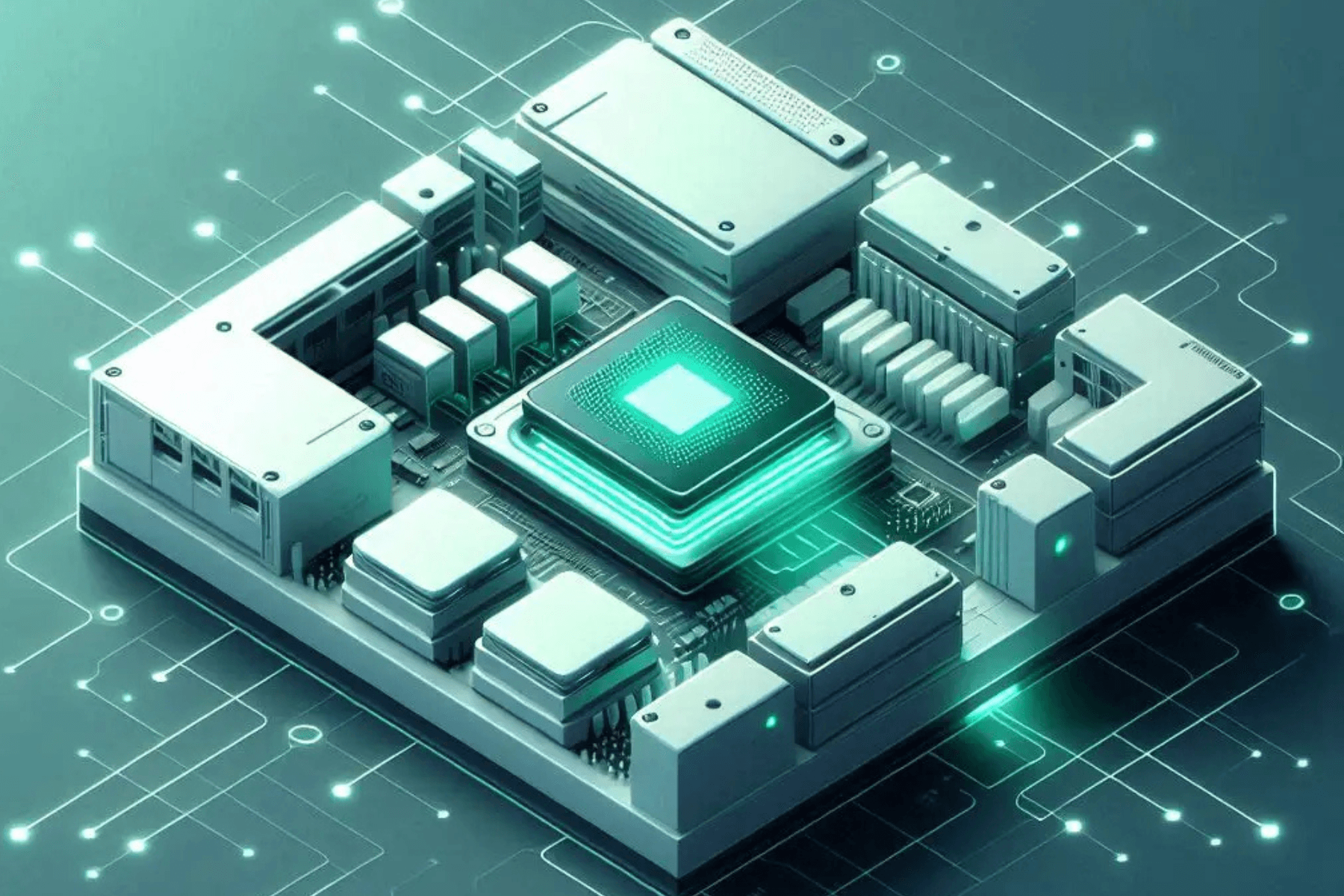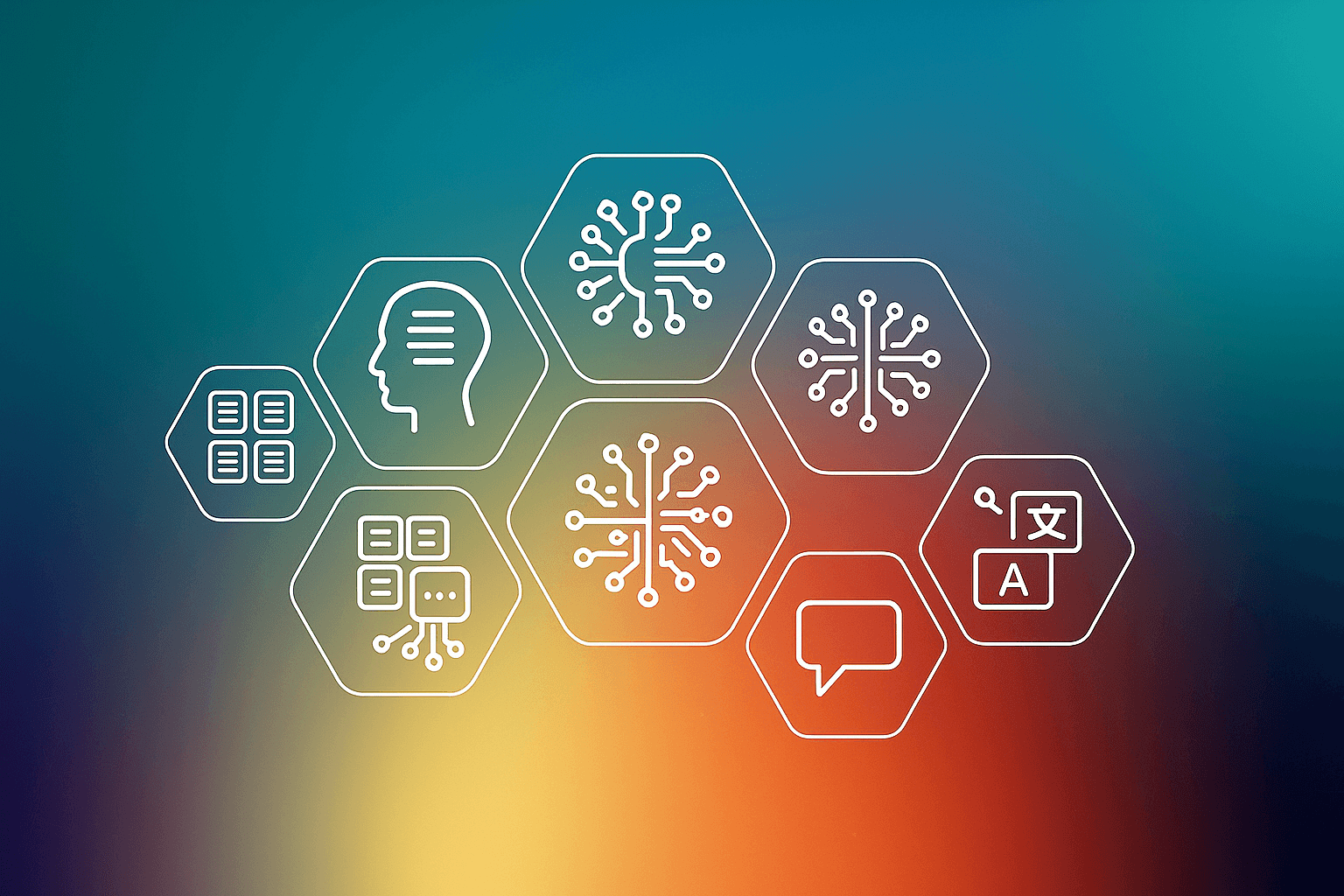Mathworks developed MATLAB as a proprietary multi-paradigm programming language and numerical computing environment. MATLAB provides tools and applications for visualization, debugging, scaling training CNNs, importing training datasets, and deployment. It has an extensive range of applications such as signal processing and communications, control systems, image and video processing, deep learning, machine learning, computational biology, computational finance, test, and measurement.
This is possible as it allows matrix manipulations, implementation of algorithms, plotting of functions and data, interfacing programs written in other languages, and creating user-friendly interfaces. Computing applications need to be faster for deep learning and Artificial Intelligence (AI) applications.
NVIDIA’s CUDA
The speed of computing can be increased with faster processing units such as NVIDIA’s CUDA (Compute Unified Device Architecture). NVIDIA released CUDA in 2006, and it is the world’s first solution for general-computing on GPUs (Graphical Processing Units). The MATLAB GPU computing support for NVIDIA CUDA enabled GPUs to speed up computing dramatically by harnessing GPUs’ power. It is a parallel computing platform and programming model for general computing on GPUs.
GPU-accelerated applications’ workload is optimized for single-threaded performance that runs parallel with the compute-intensive portion of the application running on thousands of GPU cores. Developers programming in MATLAB while using CUDA can express parallelism through extension with a few primary keywords. The CUDA ecosystem includes software development tools and services and partner-based solutions. NVIDIA’s CUDA Toolkit consists of a compiler, runtime library, development tools, GPU-accelerated libraries, and the CUDA runtime, libraries, debugging, and optimization tools. It also provides programming guides, user manuals, code samples, API (Application Programming Interface) references, and other support documents.
MATLAB GPU Computing Support
MATLAB enables developers to utilize NVIDIA’s GPUs to accelerate deep learning, AI, and other intensive computational analytics. It rules out the necessity of being a programmer in CUDA. MATLAB and NVIDIA’s CUDA in collaboration allows using NVIDIA GPUs from MATLAB directly with hundreds of built-in functions. These features are available while accessing several GPUs on computer clusters, desktop, and cloud. It can generate CUDA code directly from MATLAB by using GPU coders to deploy to clouds, data centers, and embedded devices.
The integration with enterprise systems using MATLAB protection server allows the deployment of MATLAB AI applications to NVIDIA-enabled data centers. It manages large data sets and provides easy access models while automating ground-truth labeling. It is scalable to the cloud and cluster. Models with MATLAB leverage cloud GPUs and accelerate training using multiple NVIDIA GPUs.
A user can independently create an end-to-end workflow in MATLAB to develop and train deep learning models while using Toolbox for Deep Learning. The training can be scaled by resources from the cloud and cluster using NVIDIA’s CUDA and MATLAB Parallel Server and then, using GPU Coder, deploy it to embedded devices or data centers. It requires minimal coding to achieve a high level of scalability when MATLAB is used with GPUs.
Code developers can use GPU resources with existing code by reducing the necessity to write additional code scripts. It allows them to focus on their applications instead of performance tuning. Model training on GPUs is simple as it is merely changing a training option. MATLAB code can be run on NVIDIA GPUs with a parallel computing Toolbox that provides gpuArray. It is a particular function that allows computations on CUDA-enabled NVIDIA GPUs from MATLAB with no learning libraries for low-level GPU computing. MATLAB integrates existing CUDA Kernels into MATLAB applications without any need for additional C programming.
Run MATLAB Functions on a GPU while starting with GPU computing. To speed up the code, it first needs profiling and vectorizing using the desktop’s GPU. MATLAB provides automatic parallel support for several GPUs useful for deep learning.
GPU Computing with E2E Networks:
E2E Networks provides CPU-intensive virtual GPU instances having large memory, high throughput, high-performance, and big storage workloads. Range of E2E Network’s GPU computing products are dedicated to smart computing with one-click backup are beneficial in saving machine image, and expenses per usage. Explore the site to know more. To know more please signup here
MATLAB GPU Computing Support for NVIDIA Cuda Enabled GPUs
Latest Blogs
